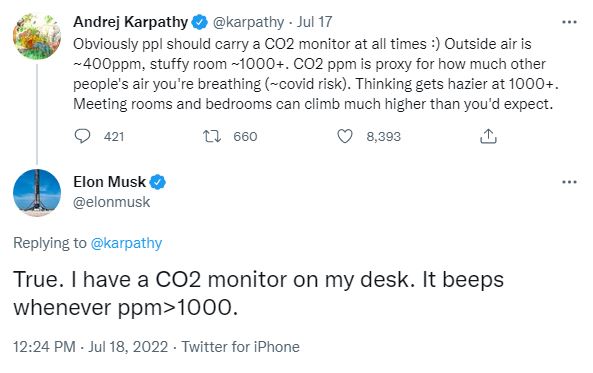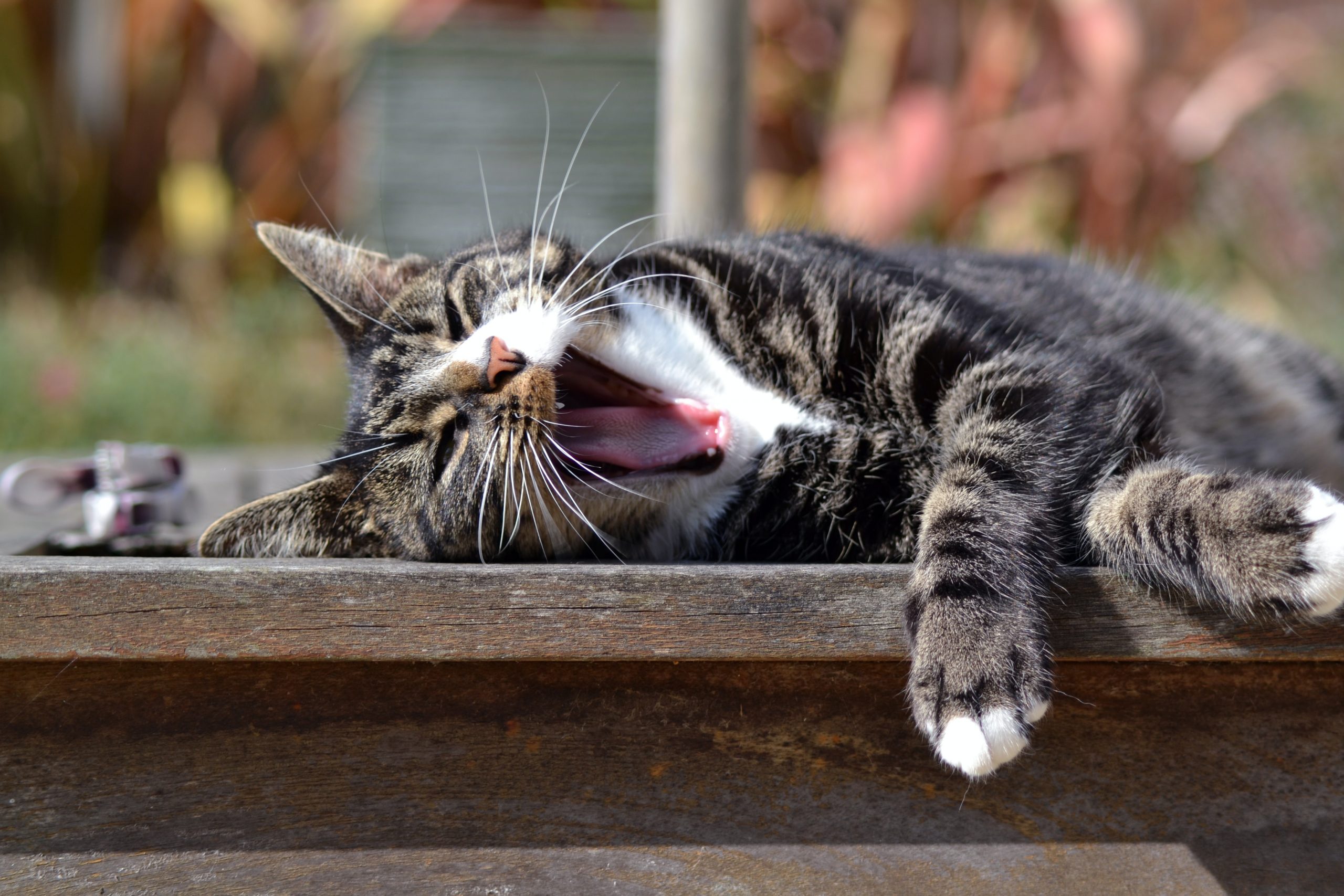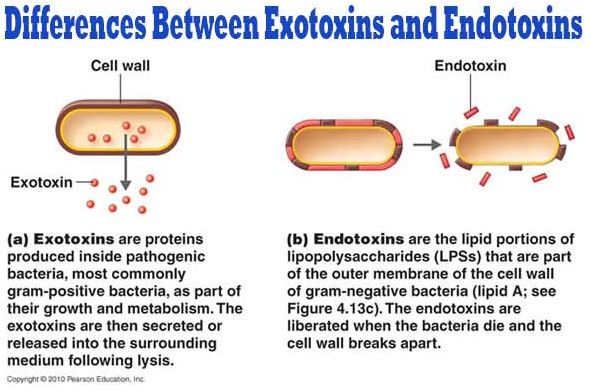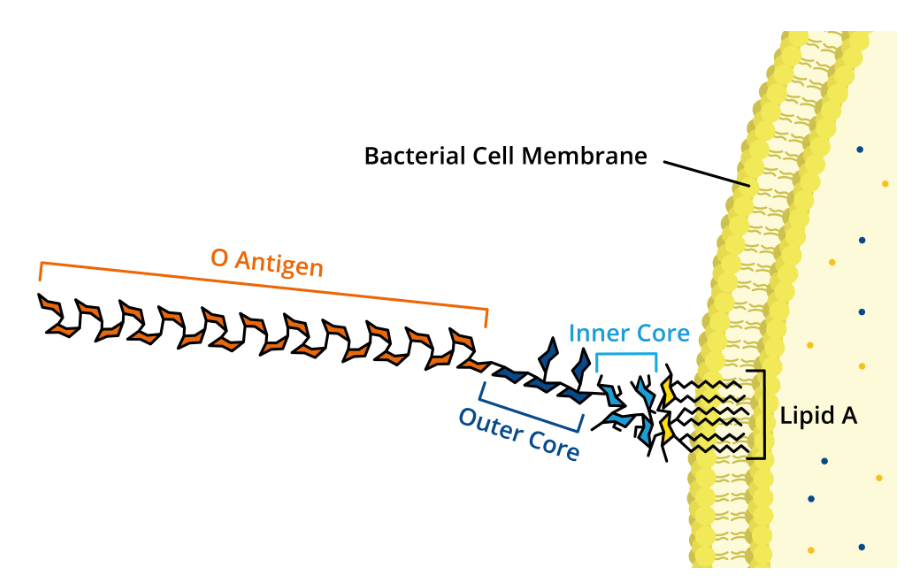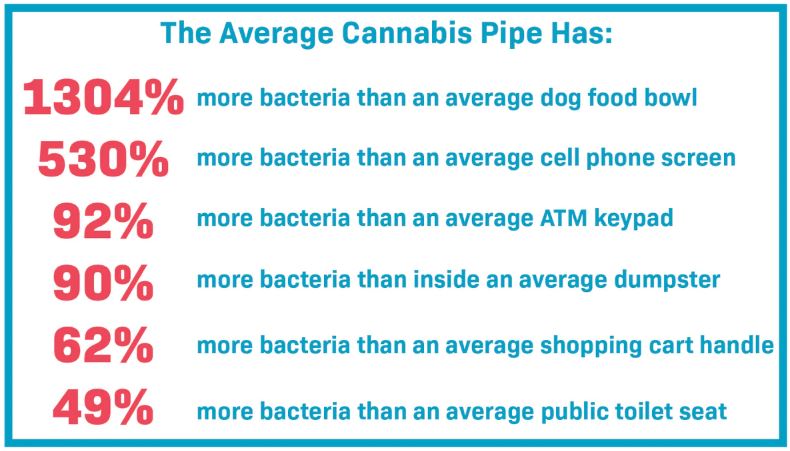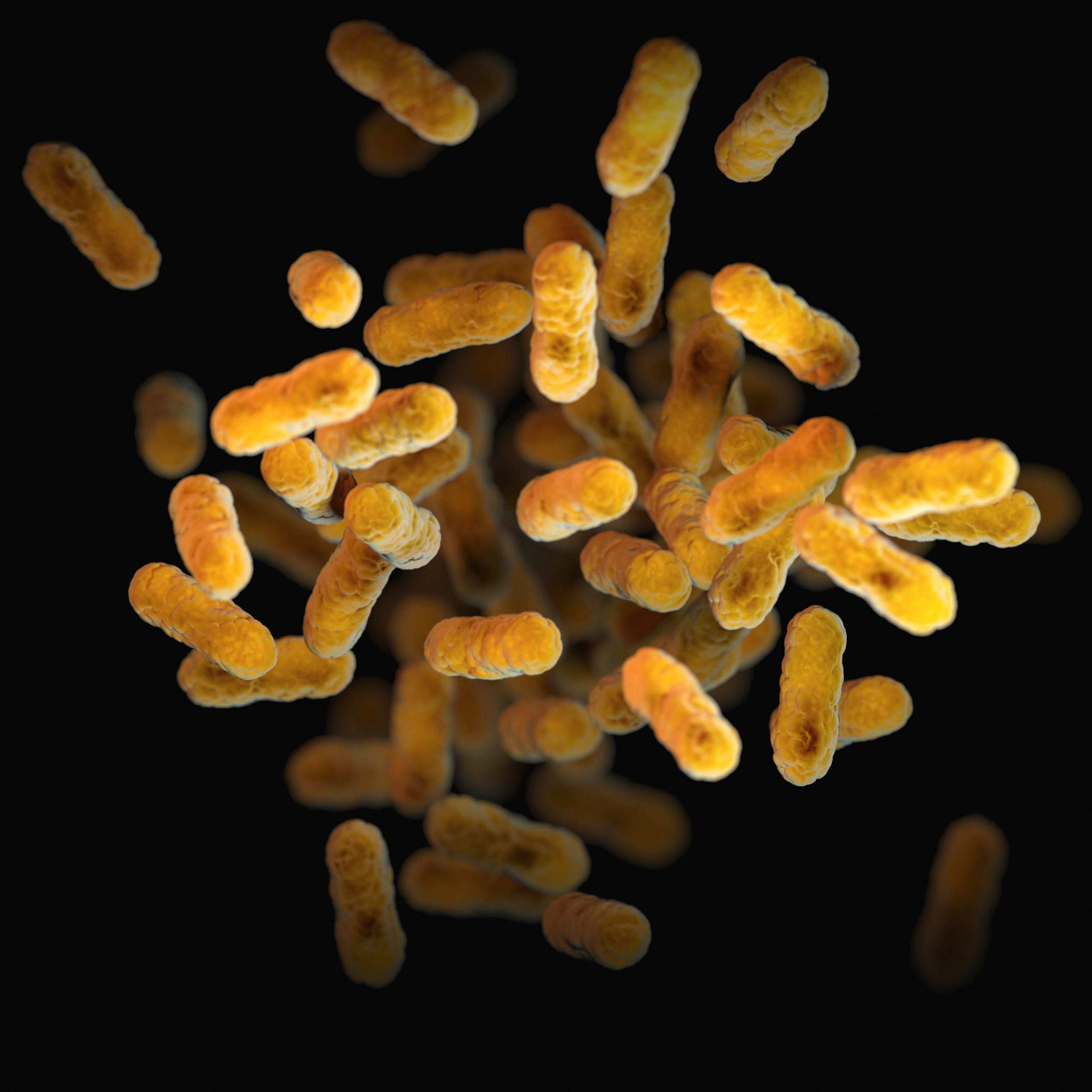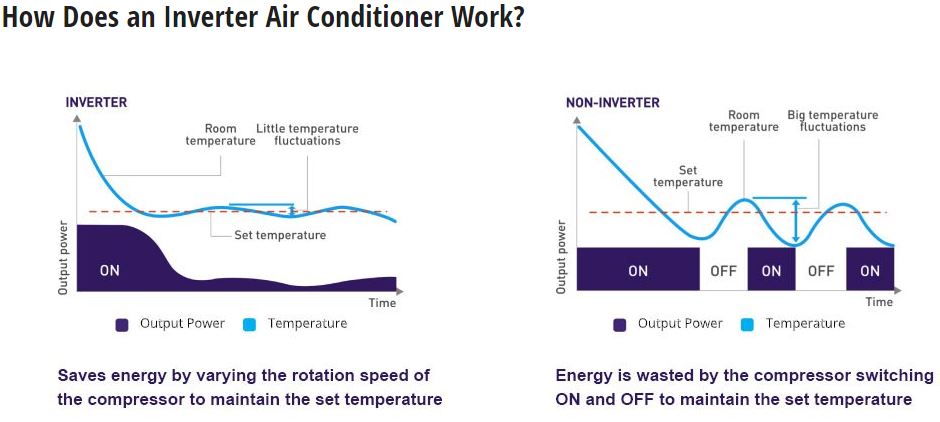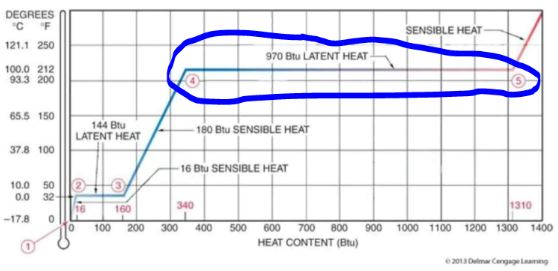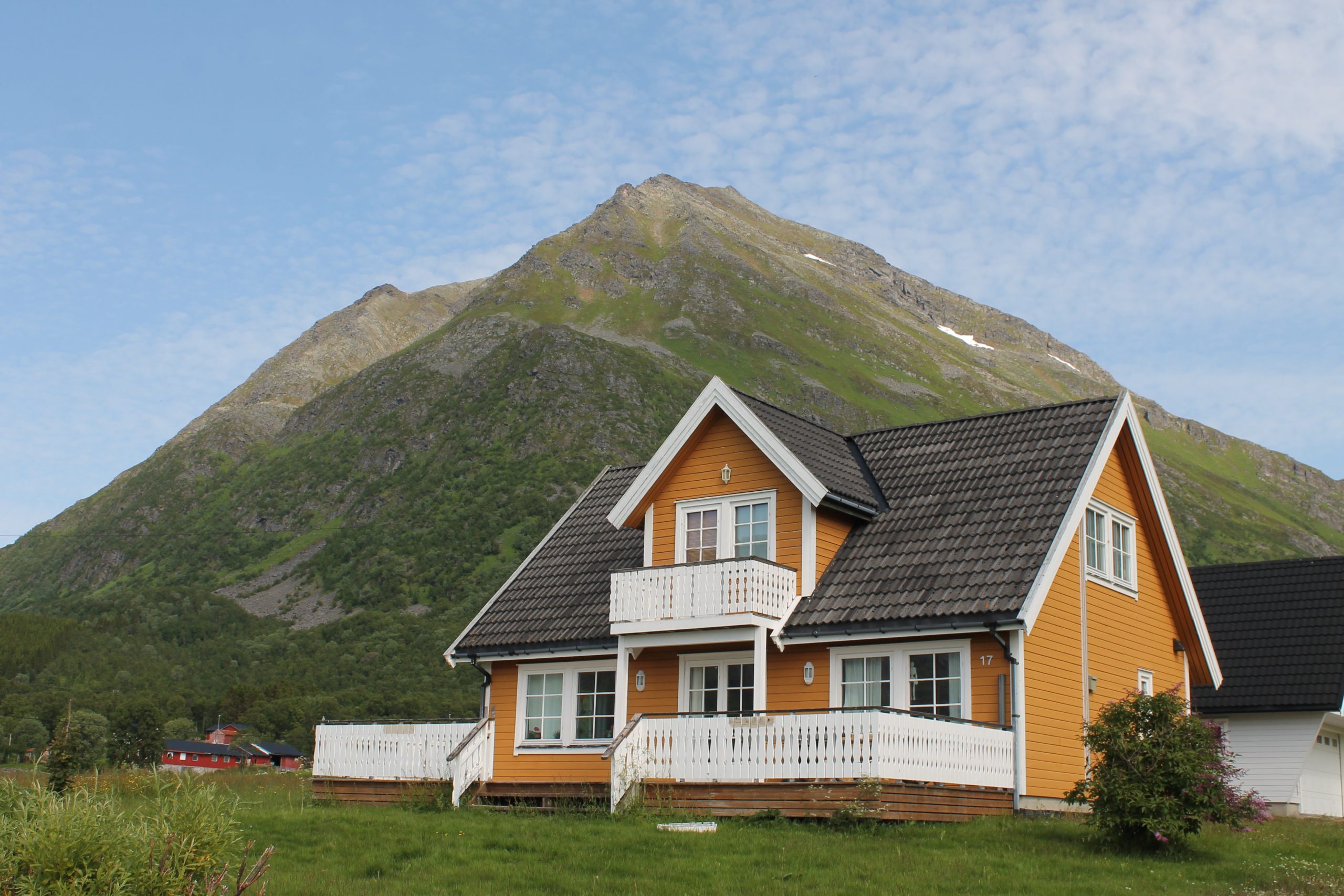In my quest one day to find individuals who are qualified to give advice on healthy homes, I ran across this term: Building Biology. Building Biology is a building philosophy and science that originated in Germany in the early 1960’s, as “Bau-Biologie”.(econesthomes.com) World War II forced a massive rebuilding effort in Europe and many buildings proved to be unhealthy for their residents. Europeans realized, before North Americans, that residents’ health is very dependent on the health of their homes, so they incorporated 25 principles of nurturing environments into this field of study. Indeed, one can see that if they followed all 25 principles, there would be no reason for ill health due to the home or its location! It’s a holistic approach to building.
Holistic is “characterized by comprehension of the parts of something as intimately interconnected and explicable only by reference to the whole.” (Oxford Languages) In theory, it is a very sound practice to look at the “whole” rather than just the parts! However in the US, “holistic” often has a bad connotation. For instance, the term “holistic medicine” is often heard in national media sources to sarcastically or derisively describe all manner of “folk remedy" health care choices that don't usually involve actual MDs. (quora.com) In a country of doctors who are mainly paid by insurance companies with clear financial incentives, holistic doctors tend to be in the minority. For the same financial reasons, holistic homebuilding is in the minority as homeowners seek to build the best-looking (but not necessarily healthiest) home for their budget, and rising material costs may force builders to cut corners in material quality. (infotel.ca) In defense of the “science” of Building Biology, there are specific test methods and evaluation guidelines used by Building Biologists. “Building biology is science because it creates knowledge, practical to apply, practical to use knowledge, because building biology pursues research, finds facts, informs, and uncovers the truth. Building Biology Testing Methods are objective, transparent, reproducible, science-based. Knowledge forms the basis for change, improvement. Frequently, building biology ideas and pioneering projects have paved the way for necessary and long overdue scientific research. Frequently, building biology creativity and courage to bring up painful subjects have led to more sensible and compatible industrial products that protect humans and the environment. All activities within the framework of Building Biology Testing Methods are based on human needs and the nature, not the industry, not politics, not exposure limits or regulations, not the public health office, not research that got lost in too much theory and tangled in dubious ties. We building biology professionals are independent and do not care about science when science loses sight of humans and nature, when incalculable risks are generously accepted, when it turns into a wish foundation for an insatiable industry. Building biology is an essential addition to science, blazing a trail for research. Building biology blows life, especially with practical relevance, into orthodox science.” (Questions about the Standard of Building Biology Testing Methods and the Building Biology Evaluation Guidelines)
There are many of the 25 principles that relate to Healthy Indoor Air, a main focus for us at HypoAir. We’ve written on these extensively without referring to Building Biology, but we’re definitely in agreement that a holistic approach is the best one when it comes to your health. It all depends on your priorities. If you have an overarching goal to make your home as healthy as possible, using materials and methods that mimic the good parts of the outdoors, then we’ve found it will positively affect your health! Compromises need to be carefully weighed before a major investment, because sometimes it’s very difficult to regain health when a poor decision is made. Many leaders in the fields of holistic medicine and mold sickness, just to name a few, have past stories of poor health due to living situations that forced them to make radical changes and research to resolve and heal.
How different are these principles from the typical “green buildings” of today?
Many green building principles would align with Building Biology principles. Take these three Building Biology principles:
Strive for a well-balanced ratio between thermal insulation and heat retention as well as indoor surface and air temperatures
Use humidity-buffering materials
Keep the moisture content of new construction as low as possible
However, the methods of achieving them are very different. Traditional green building would use non-toxic modern materials to include vapor and air barriers to prevent moisture ingress. Building Biology prefers breathable walls via Mass Wall Construction for the building envelope. “Alternative natural materials such as earth and straw or certain types of manufactured blocks have the ability to buffer large amounts of moisture. These historically derived methods of construction differ from standard cavity wall construction techniques in that manufactured vapor barriers are not installed to retard the flow of vapor through the walls. Instead vapor is allowed to naturally flow through the massive walls. Because temperature change in the flow-through process occurs very slowly and because these hygroscopic materials such as wood and clay have the ability to adsorb and desorb large amounts of moisture without deteriorating, accumulation from condensation is insignificant. When a home is properly constructed using these mass wall techniques it will be an extremely comfortable environment with a high degree of temperature and humidity stability. Furthermore, because the solid walls themselves provide insulation and can be finished with a covering of plaster or furred-out wood applied directly to them, the need for synthetic exterior sheathing, batt insulation, gypsum board, joint fillers, and paint is eliminated. Many volatile organic compound (VOC) contamination sources are thereby eliminated as well.” (Permeable Walls and Moisture Control Factsheet)
In addition, Building Biology principles include areas in which the typical homeowner does not invest a lot of thought, but are very important to our health, like the water system. This may be because many homes are now built with community water systems, or bottled drinking water is readily accessible, but these “systems” do not guarantee protection from Microbial, Inorganic (includes lead, asbestos), Organic (other than microbial), and Pesticides and Herbicides contaminants. Building Biology addresses each of these contaminants with best healthy practices to eliminate them. (Water Purity Factsheet)
But what does it cost to adopt these principles into our dwellings in terms of money and time?
Like any other field, there are certified experts for hire to help you navigate healthy home choices, whether you are planning to build a home, remodel, or just find a new rental. If you don’t have the budget to hire an expert, you can educate yourself via free videos, free fact sheets, and free downloads (BuildingBiologyInstitute.org).
For a consultation, here are a few Building Biologist certified experts:
Because homes constructed on Building Biology principles have sustainability and health goals, some methods of construction are uncommon and some take longer than the usual quick-frame timber/vinyl siding style. For example, EcoNest Homes in Oregon emphasizes building “Living Sanctuaries of Clay, Straw and Timber”. However, having dabbled in the construction/remodeling industry myself, there is a very true saying: You can have two out of three, but not three out of three, of the following:
Good and Fast will not be Cheap. Fast and Cheap will not be Good. Good and Cheap will not be Fast. However, if you want to abide by Building Biology, just keep “Good” as one of the non-negotiables by abiding by as many of their principles as possible, and you can achieve a healthy home! This is one of my concerns: that everyone should have access to healthy housing, not just the rich. In agreement with this concern, buildingbiology.com states that building biology “aspires to become the foundation of everyday building activities, not just a luxury for a few”, and “includes all relevant costs up front, not passing them on to future generations and the environment.”
These are principles to live by!

